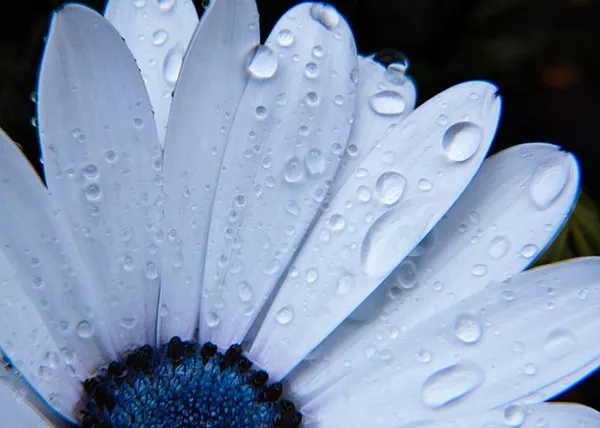As the seasons change and landscapes transform, fields adorned with a mesmerizing sea of blue flowers captivate the hearts and minds of nature enthusiasts. The enchanting allure of these azure blossoms adds a unique charm to the canvas of nature. In this article, we will delve into the world of blue flowers that grace fields, unraveling the mysteries behind their hues, varieties, and ecological significance.
The Palette of Nature:
Nature has an extensive palette, and blue flowers contribute a distinctive hue to the vibrant tapestry of the great outdoors. Blue is a relatively rare color in the floral kingdom, making these blooms particularly captivating and sought after. The pigment responsible for the blue coloration in flowers is anthocyanin, a natural compound that also plays a role in protecting plants from harmful ultraviolet rays and acting as an antioxidant.
Common Blue Flowers in Fields:
Cornflower (Centaurea cyanus): Also known as bachelor’s button, the cornflower is a classic blue wildflower that graces fields with its vibrant blooms. Its delicate petals create a striking contrast against the greenery of meadows, making it a favorite among wildflower enthusiasts.
Bluebonnet (Lupinus texensis): The bluebonnet, the state flower of Texas, is a symbol of the vast landscapes of the Lone Star State. Its distinct blue spikes punctuate fields during the spring, creating a breathtaking scene that attracts both locals and tourists alike.
Forget-Me-Not (Myosotis): With its tiny, sky-blue flowers, the forget-me-not adds a touch of delicacy to fields and gardens. The name itself carries sentimental value, as it symbolizes enduring love and memories.
Blue-Eyed Grass (Sisyrinchium angustifolium): Despite its name, blue-eyed grass is not a true grass but a member of the iris family. Its dainty, star-shaped blue flowers often go unnoticed in fields, adding subtle beauty to the landscape.
Ecological Significance:
Beyond their aesthetic appeal, blue flowers play a crucial role in the ecology of fields and meadows. These blossoms serve as vital components of ecosystems, providing sustenance for pollinators such as bees, butterflies, and hummingbirds. The intricate relationship between blue flowers and their pollinators contributes to the overall biodiversity and health of the environment.
Bees, in particular, are attracted to blue flowers due to their ability to perceive ultraviolet light, a feature many blue flowers possess. The nectar and pollen offered by these blooms serve as essential resources for the survival and reproduction of these pollinators. In turn, the pollination process facilitates the reproduction of the plants, ensuring the continuation of their species.
Cultural and Symbolic Significance:
Blue flowers have transcended their ecological importance to become symbolic representations in various cultures and traditions. The color blue often signifies tranquility, depth, and mystery, making blue flowers a popular choice in symbolic gestures and expressions of emotions.
In Victorian flower language, a form of non-verbal communication popular in the 19th century, blue flowers were associated with trust and fidelity. This symbolism has endured through time, with blue flowers often chosen for bouquets and arrangements expressing sentiments of loyalty and lasting love.
Conservation Efforts:
As urbanization and agricultural expansion continue, many natural habitats face the threat of degradation and loss. The conservation of wildflowers, including those with blue blossoms, becomes crucial for preserving biodiversity and supporting pollinator populations.
Conservation initiatives that focus on protecting natural habitats, promoting sustainable land management practices, and raising awareness about the importance of wildflowers play a pivotal role in ensuring the survival of these captivating blue blooms. Citizen involvement in seed bombing, meadow restoration projects, and creating pollinator-friendly gardens further contribute to the conservation efforts aimed at safeguarding the natural beauty of blue flowers in fields.
See Also What Are The Types Of Non Flowering Plants
Conclusion:
The enchanting world of blue flowers in fields captivates not only our visual senses but also holds ecological, cultural, and symbolic significance. From the delicate cornflower to the iconic bluebonnet, these blossoms contribute to the rich tapestry of nature, providing essential resources for pollinators and conveying timeless sentiments of love and fidelity. As we marvel at the sea of blue in fields, let us also embrace the responsibility to conserve and protect these sapphire beauties, ensuring that future generations can continue to be mesmerized by the magic they bring to our natural landscapes.


